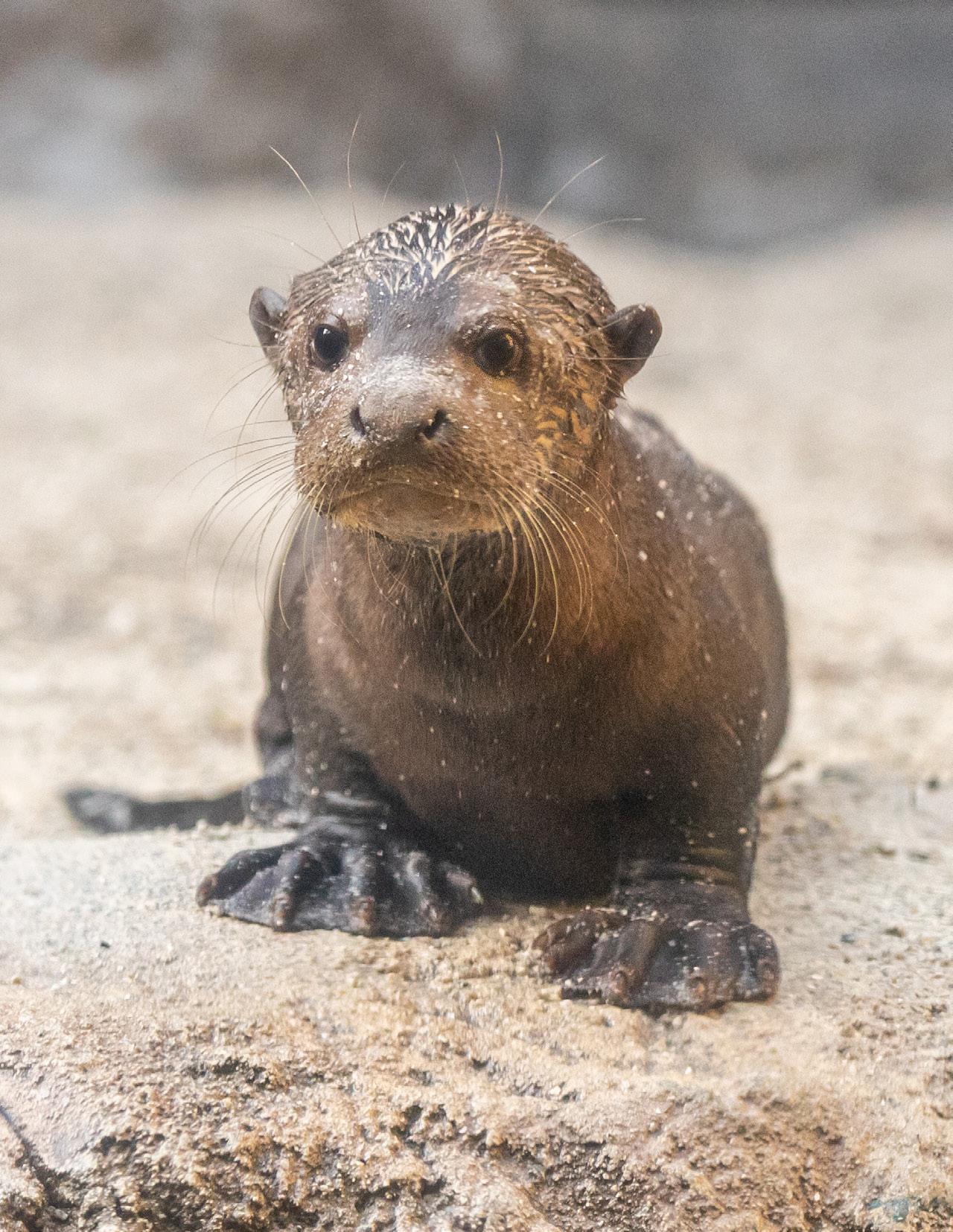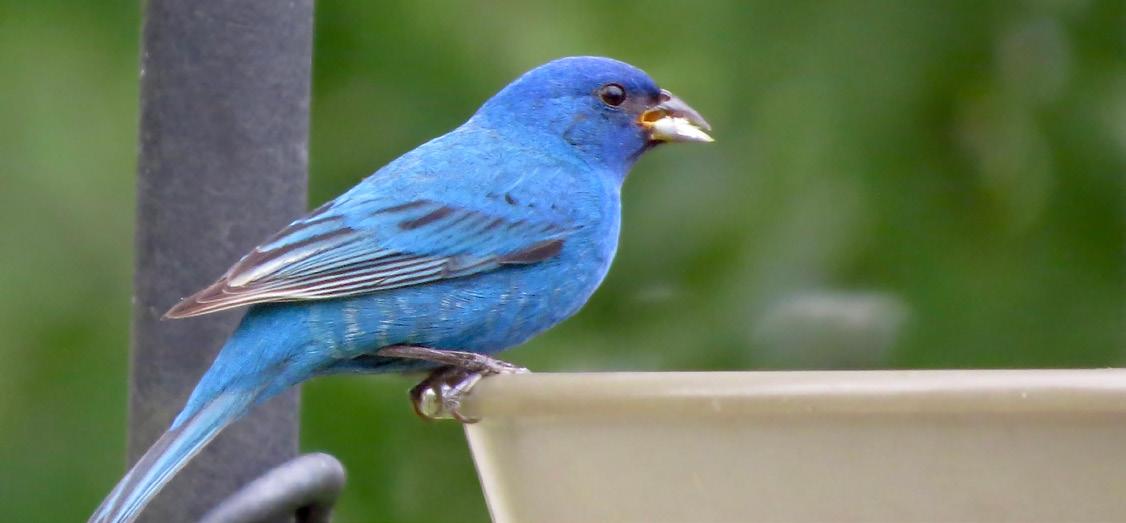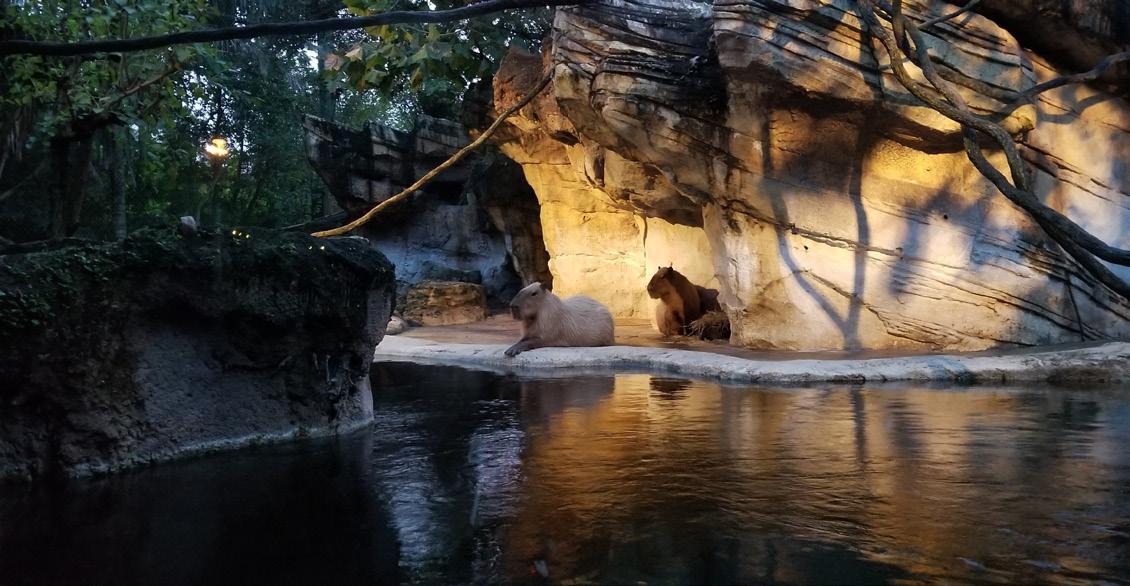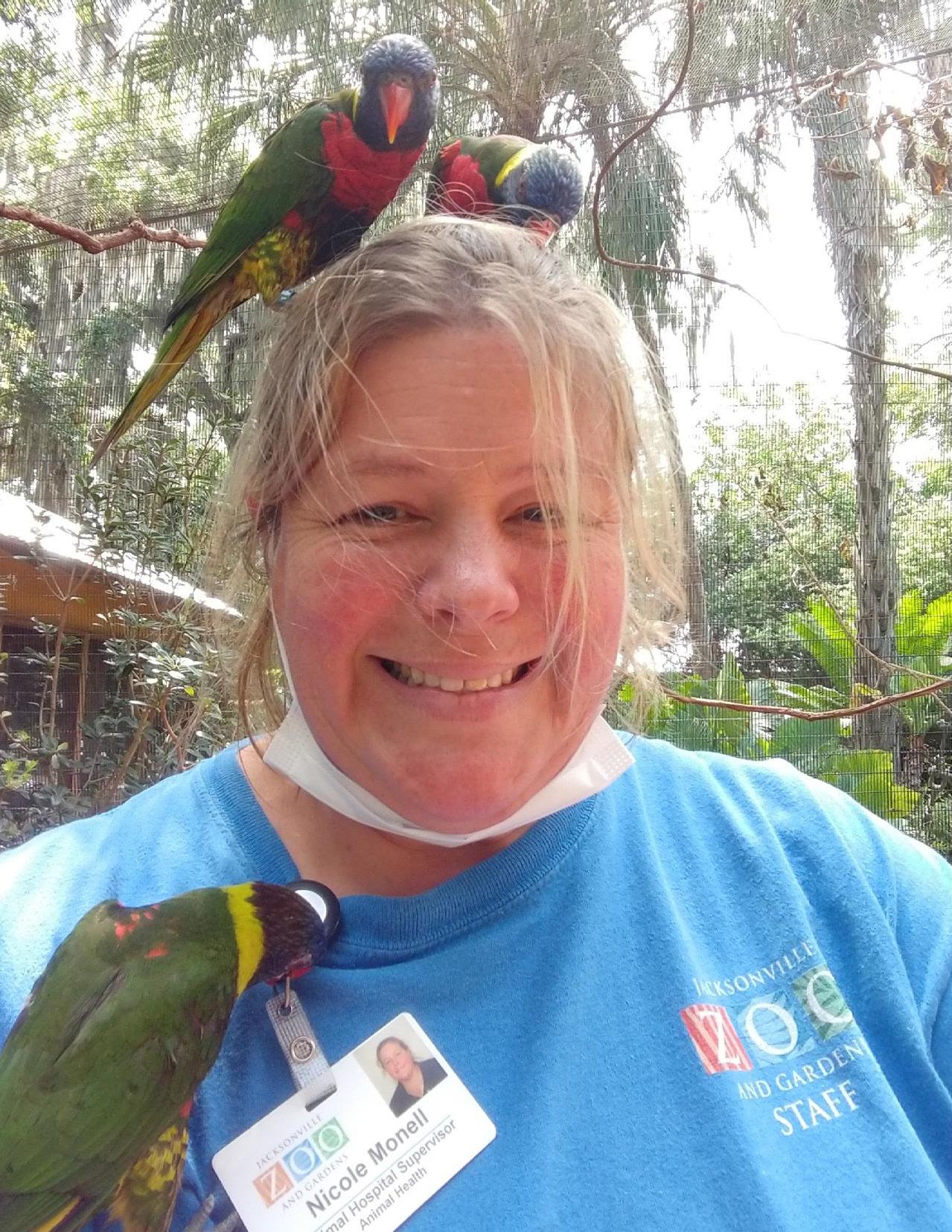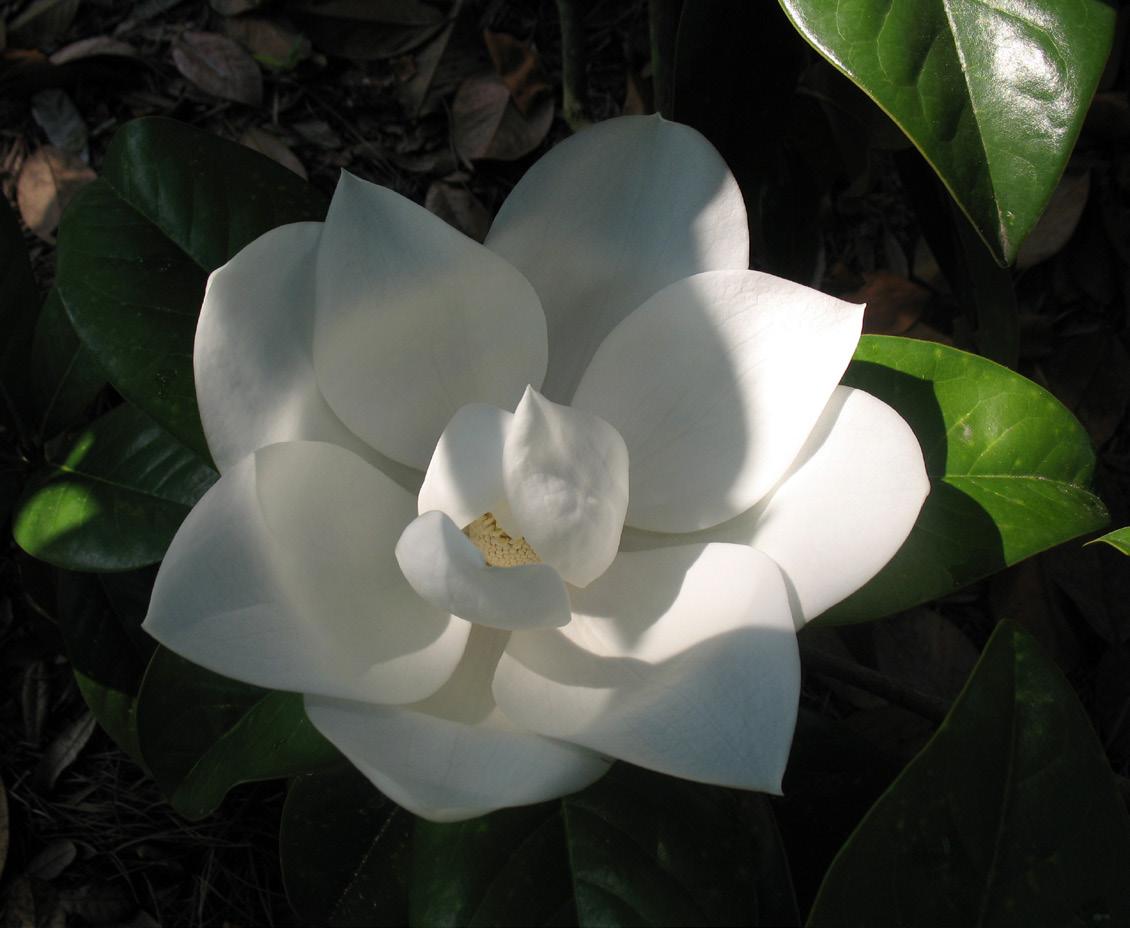
2 minute read
Social Spotlight
@kvol30 @kvol30
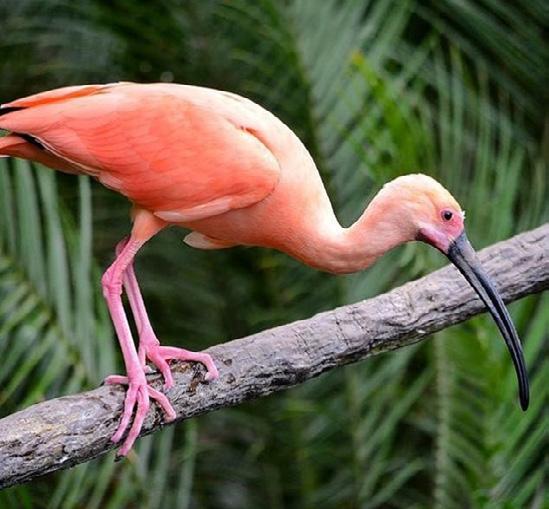
Advertisement
tythenikonguy cjweather
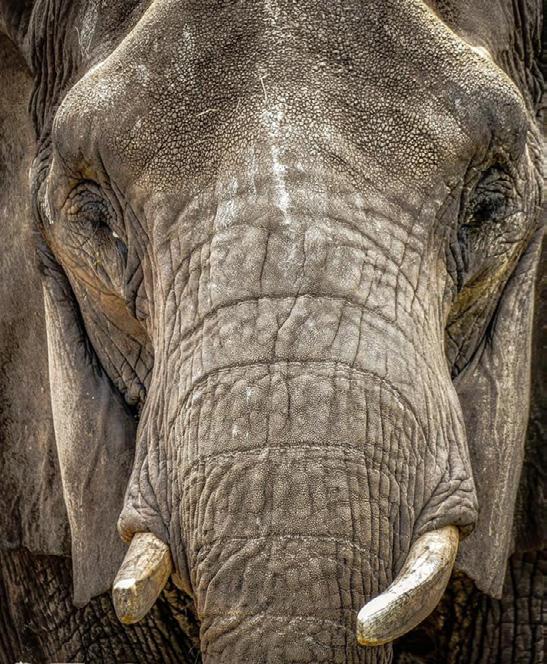
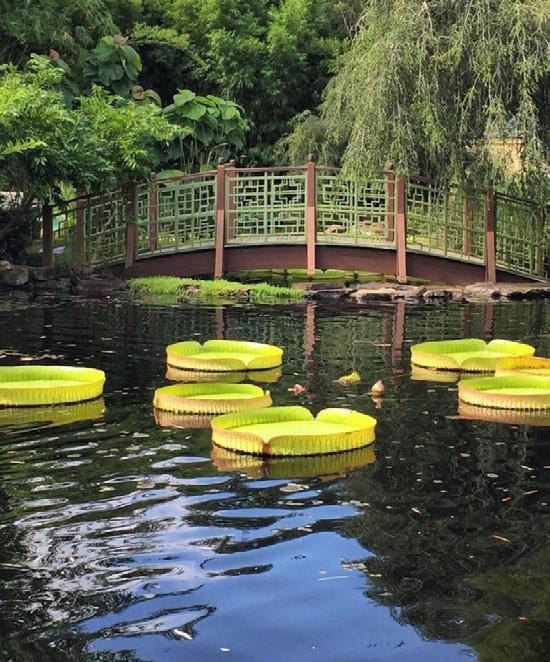
Tag your posts with #jaxzoomember for a chance to see your photos here!
tythenikonguy
keith_reynolds redfraggle32
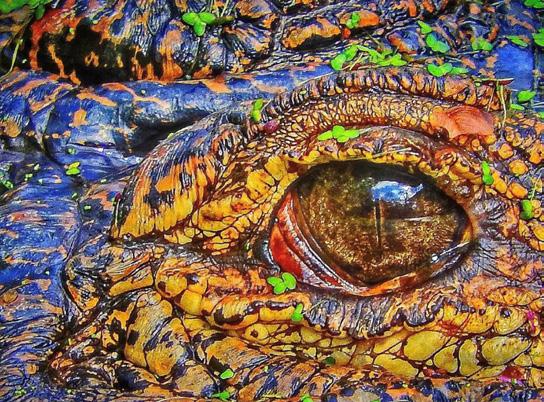
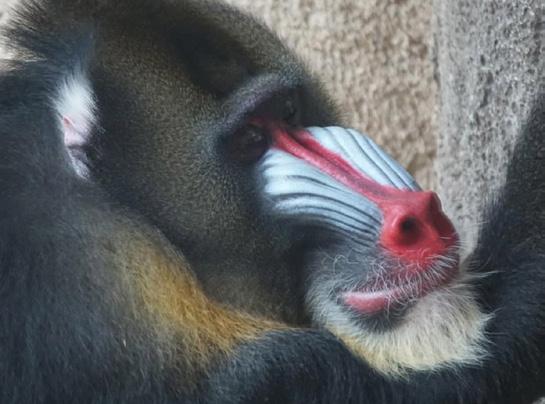
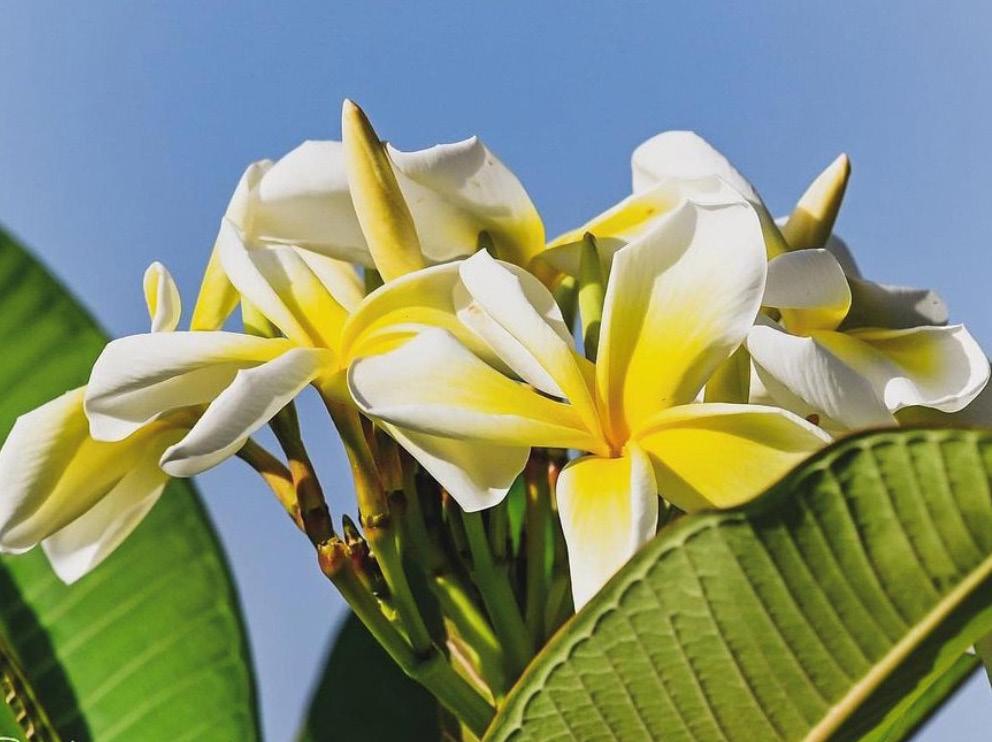
ANIMAL PROGRAMS For the Love of Animals Loaning for Species Survival
By Donna Bear, Curator of Species Management
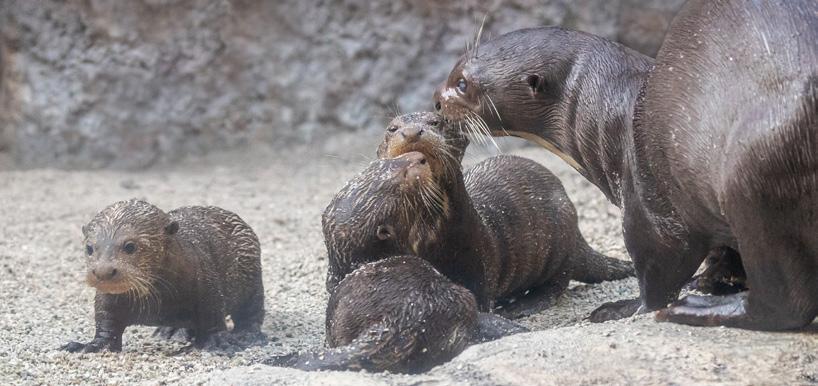
During one of your visits to the Zoo, have you asked yourself or a keeper, “Where do we get our animals?”
As one of only 240 accredited facilities by the Association of Zoos and Aquariums (AZA), Jacksonville Zoo and Gardens focuses on cooperative conservation of species and responsible breeding programs.
Accredited zoos emphasize the well-being of animals as well as the well-being of populations. Species Survival Plans (SSP) seek to preserve genetic viability over time by matching compatible partners and sharing detailed pedigree information. SSP’s typically seek to maintain genetic diversity over one to two hundred years. We hope that a century from now, sufficient habitat will be protected and suitable opportunities will exist so that animals may be potentially reintroduced to the wild.
To maintain genetic diversity as well as healthy bloodlines, accredited zoos often loan animals so that a variety of pairings can be achieved. For example, if a pair of giant river otters are successfully housed together for a few years, but no pups are produced after many attempts, a zoo may lend out an animal to another zoo to potentially pair up with a new compatible partner. A new compatible mate may also be introduced to the original pair for a better match. Due to his under-represented wild genes, the adult male giant river otter at our Zoo, Buddy, is the most valuable animal within the giant otter SSP’s collective population. He came to us from a wildlife rehabilitation center in Guyana as a non-releasable, blind juvenile. For several years, he lived with a female, but they never produced pups unfortunately. She was sent to another accredited zoo and new mate, Sarave, came to us from Zoo Miami. Since her arrival, Sarave and Buddy have produced and raised 1.3 offspring—three females and one male! Another example involves Cleo, a giraffe we loaned to Lee Richardson Zoo in Kansas. Since her arrival there in 2014 she has already been a mom twice, including a male born this past August. The terms of the loan agreement state that her second calf could potentially return to Jacksonville if our herd ever requires an additional animal from the same genetic line. Loans allow for better, interconnected collaborations between all AZA-accredited zoos. This is not just for the propagation of species across the US, but also cooperation among responsible international zoological associations. There are many environmental, governmental, and political pressures making negative impacts on wild animals. Until such a time when large natural spaces and their species are effectively protected, accredited zoos and aquariums are striving to serve as genetically viable reserves for a time when we can reintroduce a species to the wild. Until then, we will do our very best to care for each and every one of our zoos’ treasured residents.
